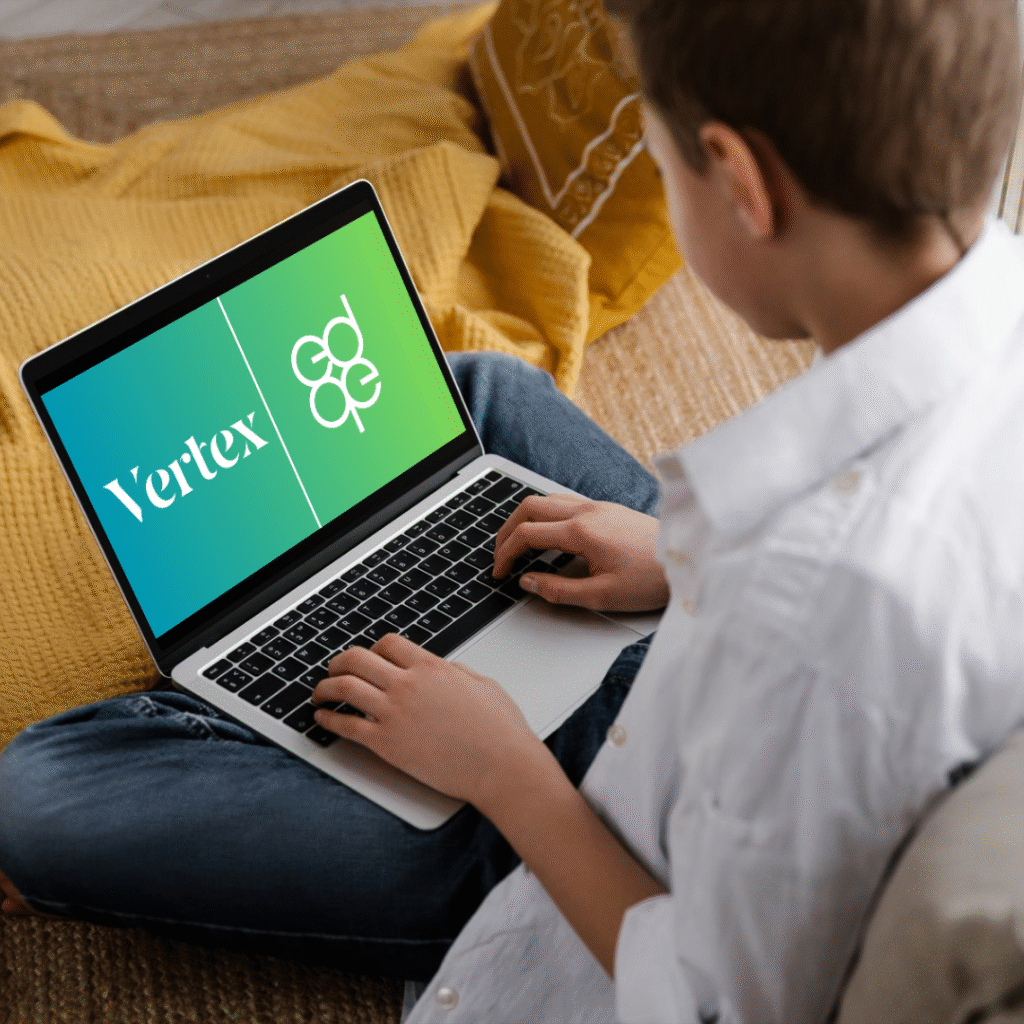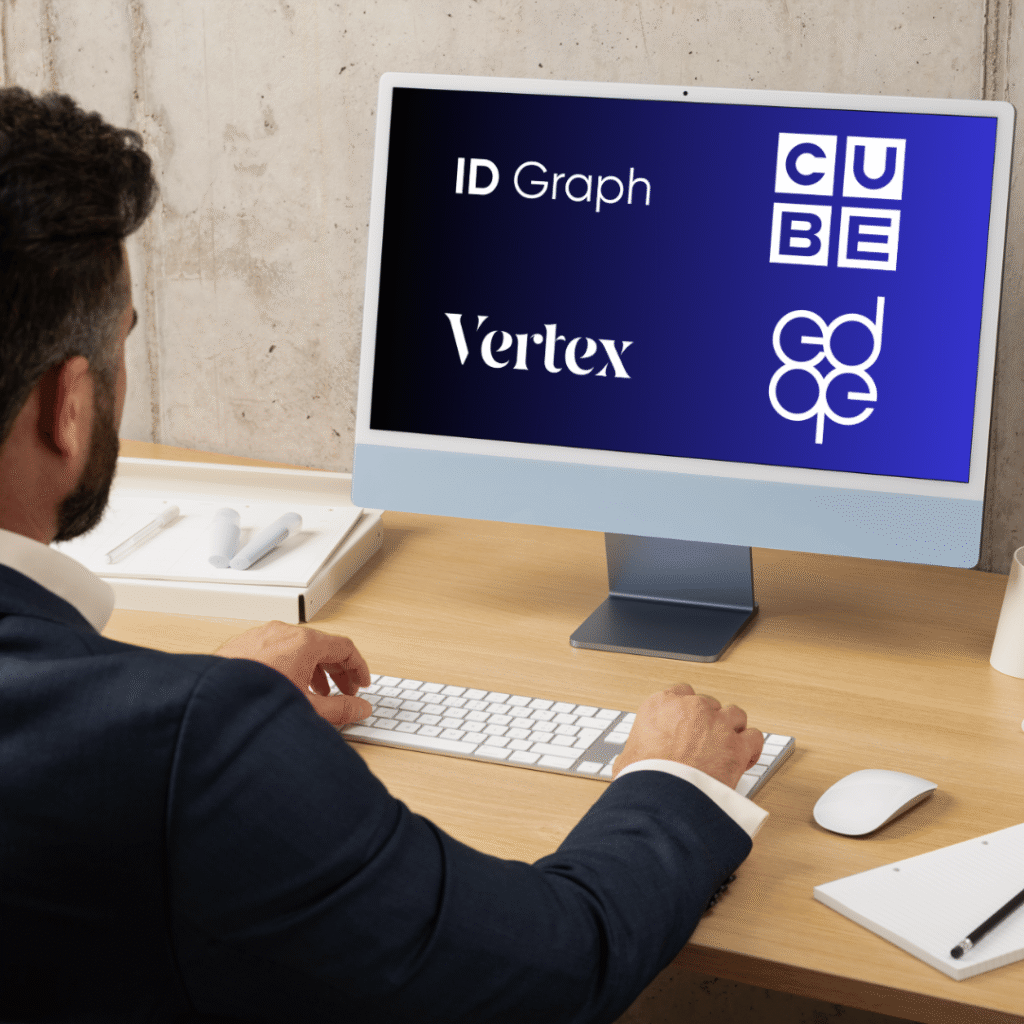The Device Dilemma. Which do you Target?
We live in a world where screens dominate our lives, but just like us, not all screens are created equal. Smartphones, tablets, laptops, and even smart TVs provide unique experiences to each user. Naturally, we must master the art of tailoring our ad campaigns to specific devices to maximize impact and engagement. Device targeting does matter. Imagine that you are advertising a ‘Candy Crush’ like game to kill time. Would you target desktop users? Not. Your audience is more likely to engage with the ad on their smartphones when bored waiting in lines or just sitting idly. Similarly, an ad for a premium projector would ‘shine’ on laptops, not mobile devices. Research shows that people are more likely to make impulse buys on their mobile phones. The smaller screen size, quick access, and on-the-go browsing foster a sense of immediacy. A 2017 Journal of Retailing and Consumer Services study found that consumers using touchscreen devices are more likely to make hedonic purchases—those driven by pleasure compared to those that offer use. However, for more expensive purchases, say plane tickets to Hawaii, users tend to feel more comfortable making this purchase on a larger screen, where they can view detailed information and conduct a thorough research. If your product or service is unsuitable for certain devices, exclude them from your campaign. For example, a new wellness app that is only compatible with iOS should not be advertised on an Android device; it is a waste of your ad budget. Let us say you are promoting a food delivery app. Your main targets are mobile devices. Now, since you are targeting hungry customers, you will focus on lunch and dinner time hours, featuring ads displaying limited-time deals or free delivery. You may include a one-tap order feature integrated with Apple Pay or Google Pay. Mobile users are often on the go and ready to make quick, impulsive, and convenient decisions about meals. From a technical perspective, APIs for payment gateways allow advertisers to integrate their campaigns directly with checkout processes, creating a seamless ad-to-purchase experience. Combined with mobile device targeting, easy payment options leverage impulse buying tendencies by simplifying the user journey and transforming ad engagement into secure payment completions within seconds. This precise targeting, paired with effortless digital payment, boosts conversion rates and enhances attribution metrics, as each transaction is fully traceable in real time. As helpful as device targeting is, it is important not to overdo it. Restricting your campaign to too few devices can limit your reach. For example, if you only target smartphones, you might miss an audience segment that generally prefers tablets or desktops. Additionally, some devices may have higher ad costs due to competition. Mobile ad placements have high competition due to the sheer volume of users and the dominance of mobile-first platforms like social media apps. Always balance your targeting with your budget and campaign objectives. By understanding how your audience interacts with different devices, you can create ads that feel relevant. Whether you are tapping into the impulsive shopping habits of mobile users scrolling through Amazon or for a desktop user’s new sofa set, device targeting ensures your message lands on the right screen at the right moment. So, the next time you launch a campaign, look beyond the message. Think about the medium. Worried about choosing the right ‘medium’ for your ad campaigns? Choose to use Cubera’s DSP – Edge for smooth sailing!








